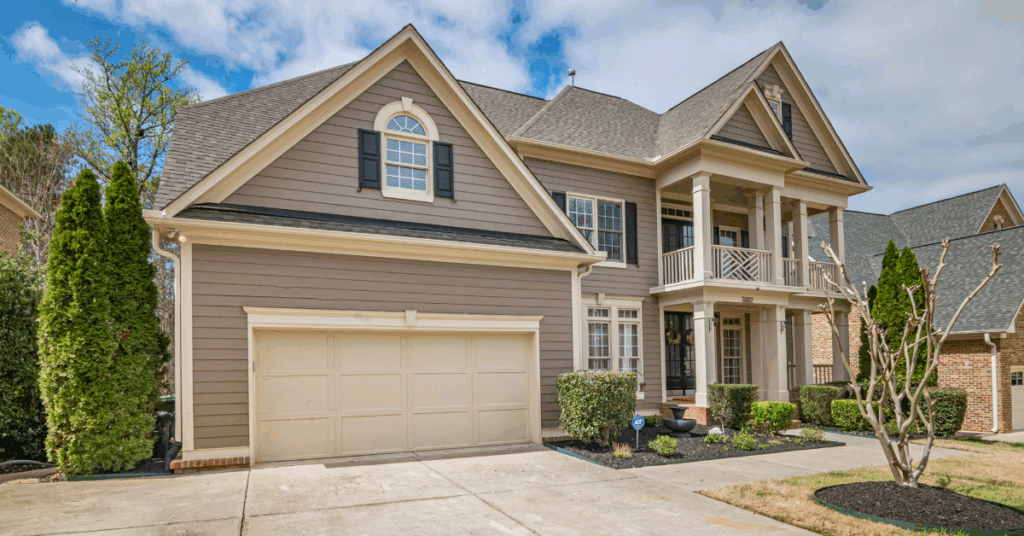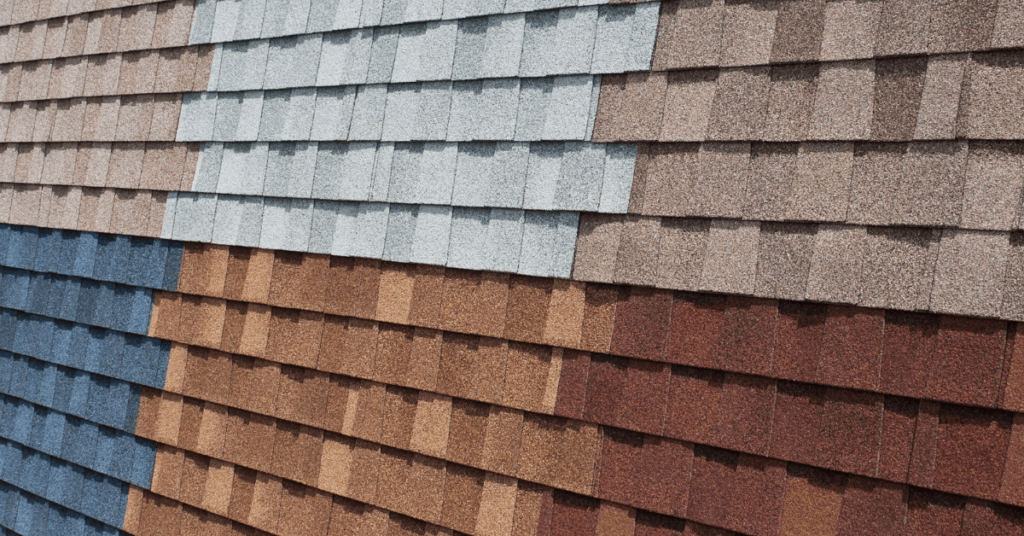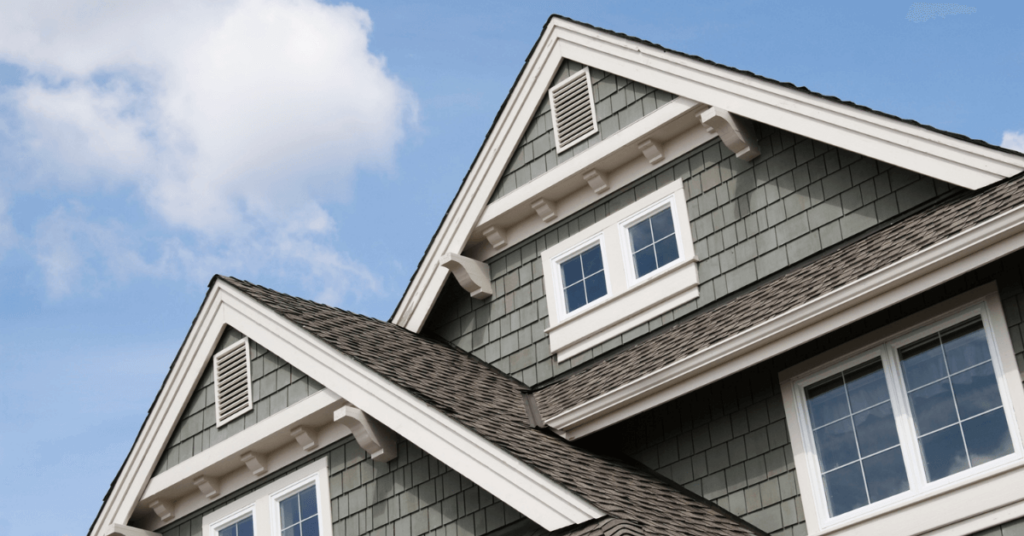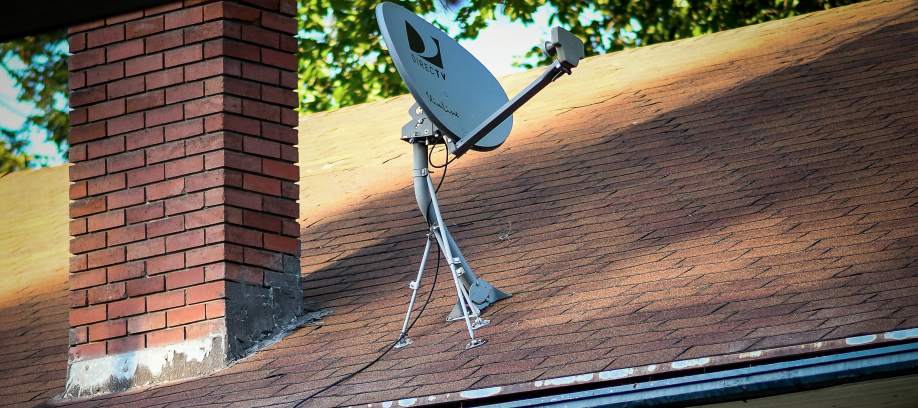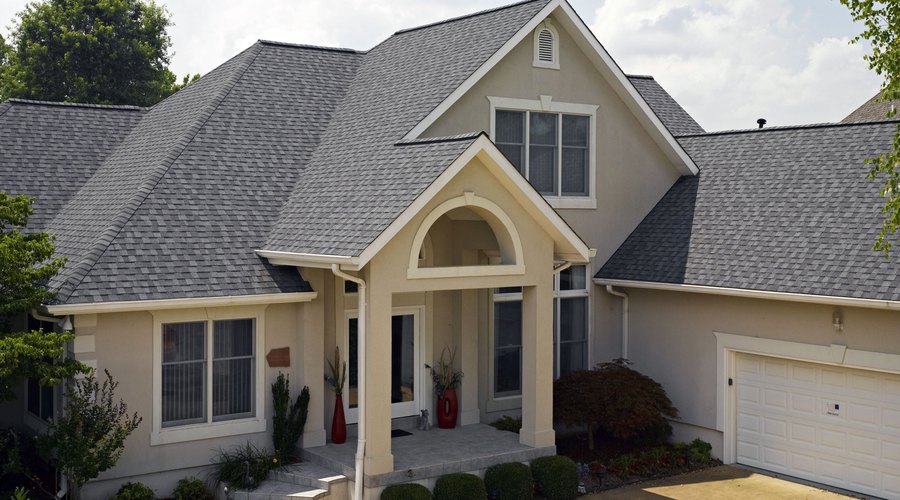September 11, 2025 in Roofing, Shingles
Choosing the Right Roof Underlayment for Asphalt Shingles
Roof underlayment is the bass player of your roof. It doesn’t get the spotlight. Most people don’t notice it. Heck, some don’t even know it exists at all! But just as a bass player is a crucial part of a band, underlayment is immensely important to a roof’s integrity.
This protective layer sits neatly between the roof deck and the shingles, serving as a much-needed barrier against moisture, wind, and temperature changes. It essentially helps your roof perform to the best of its ability. That’s why making sure you choose the right underlayment is so important. Succeed, and its durability and lifespan are handsomely bolstered. Choose poor underlayment, however, and costly repairs are in your future.
In this blog, we’ll dive deeper into why this unsung hero of the roof is essential, as well as what you should consider when making your selection.
The Role of Roof Underlayment
First off: What does underlayment do, exactly? We touched on it above, but to expand upon that, it’s a layer of backup protection in the event of shingles being damaged or otherwise compromised. Not so fast, rainwater!
In short, roof underlayment provides:
- Extra Protection: Water sometimes seems determined to break through the defenses provided by shingles, but that’s only half the battle mother nature has to fight if she wants to win. She may have beaten those pesky shingles, but she now has to contend with this unexpected defender.
- Longer Lifespan: An extra layer of defense means fewer weak points. Fewer weak points means a longer lifespan. A longer lifespan means more savings over time!
- Leak Prevention: If a roof is compromised, damage to it isn’t the only result. Infiltrating water can work its way into your home, causing one or more leaks that can damage additional parts of your home.
Best Roof Underlayment for Asphalt Shingles
A bass player is an essential part of a band, but if you ask an amateur to step into the role, their low quality will be quite noticeable. Same goes for underlayment. Let’s discuss the best roof underlayment types and their qualities so you don’t end up with a bad performance.
Felt Underlayment (Tar Paper)
Affordable, widely available, and proven, felt underlayment has been a popular choice amongst homeowners for decades. Its budget-friendly cost is a big plus for home projects in mild climates. Beware, though, that it’s not very resistant to tearing. Additionally, its defense against moisture and ultraviolet (UV) rays isn’t as high as other materials.
Synthetic Underlayment
Looking for a more modern, lightweight option? Synthetic is a good bet! It’s water repellant and tear-resistant, making it a top choice among many roofing professionals. Performance and longevity are big pluses, and it holds up well against prolonged sun exposure.
Rubberized Asphalt Underlayment
Want to make sure your roof gets as much protection as possible? Rubberized asphalt roof underlayment is a great choice. Sure, it’s on the higher end of the price range, but it provides protection that’s simply exceptional. Its waterproofing and flexibility traits mean even the trickiest areas of your roof will remain leak-proof.
Factors to Consider When Choosing
A heavy metal bassist could be highly skilled, but that doesn’t mean he should be hired to play for an alt-rock band. Every roof is different, meaning the underlayment that’s best for yours depends on various factors:
- Climate and Weather: If you live in an area that sees frequent storms and other extreme weather, you can benefit from synthetic or rubberized materials.
- Roof Slops and Design: Steeper roofs shed water easily, but if your slope is almost nonexistent, invest in an option with enhanced waterproofing capabilities.
- Budget vs. Performance: Felt underlayment is great for low budgets, but there’s no denying it isn’t as high-performing as other options that deliver long-term value.
- Building Codes and Manufacturer Requirements: Depending on local codes, some roof underlayment types may not be approved for use.
Professional Installation Matters
Even top-tier roof underlayment can suffer performance issues if it isn’t properly installed. That’s why it’s a necessity to have the installation done by professionals, who can:
- Make sure overlapping and fastening is done correctly to achieve a watertight barrier
- Address more complex areas of the roof such as valleys and ridges
- Avoid various mistakes often made by DIY enthusiasts
Trust PJ’s Roofing
You don’t want your roof to have a bad bass player, even if he goes largely underappreciated. Choosing the best roof underlayment for asphalt shingles could be the difference between a secure roof and numerous costly repairs later on. When you understand which type you need for your home, you can make a sound decision. That’s where we come in.
Our roofing specialists have decades of combined experience under our belts. We understand the importance of roof underlayment and get why a DIY approach just won’t cut it. Get in touch with us today for a professional installation that will last for years to come!

